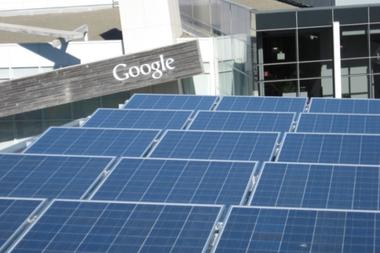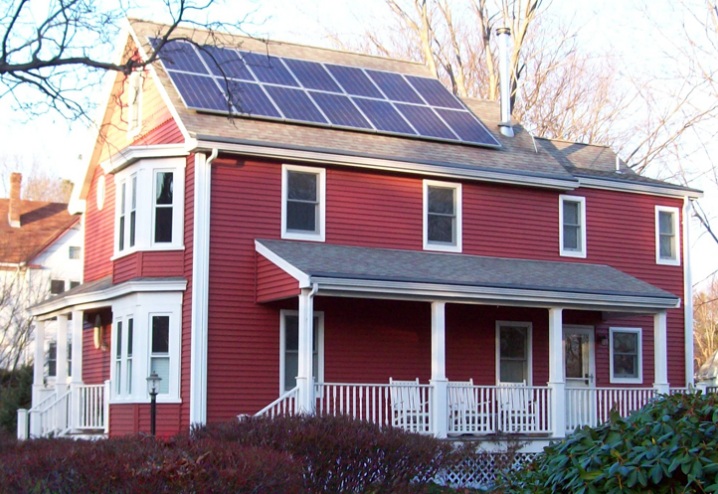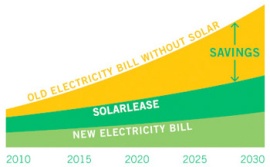SolarCity, the largest residential solar power provider in the state of California, which also provides financing, monitoring and installation services announced that it plans to team up with Google to offer discount services as part of a new financing initiative. Google is set to invest $280 million in a fund that hopes to help jump-start solar installations nation-wide and the business has put up a total of $680 million in the last few years to create plans with cheaper solar financing options………..
Google is making its largest investment yet in clean energy in an effort to help private homeowners put solar panels on their rooftops and the $280 million deal with installer SolarCity is the largest of its kind. SolarCity can use the funds to pay for a solar system that it can offer to residents for no money down. In exchange, customers agree to pay a set price for the power produced by the panels. Google earns a return on its investment by charging SolarCity interest to use its money and reaping the benefits of federal and local renewable energy tax credits. “It allows us to put our capital to work in a way that is very important to the founders and to Google, and we found a good business model to support,” said Joel Conkling of Google’s Green Business Operations in an interview before the company announced the investment Tuesday. Google co-founder and chief executive Larry Page wants Google‘s operations to eventually produce no net greenhouse gas emissions. Google has invested in wind farms in North Dakota, California and Oregon, solar projects in California and Germany and the early stages of a transmission system off the East coast meant to foster the construction of offshore wind farms. The SolarCity deal brings the total value of these investments to $680 million.
Google, based in Mountain View, California is emerging as one of the biggest corporate users of energy as it continues to build data centers packed with computers that run its search engine and other services. This type of fund Google is creating is common in the residential solar industry, A typical rooftop solar system costs $25,000 to $30,000, too much for many homeowners to lay out. Instead, solar providers like SolarCity and competitors SunRun and Sungevity can pay for the system with money borrowed from a bank or a specially-designed fund. The resident then pays a set rate for the power generated. The rate is lower than or roughly the same as the local electricity price. A typical 5-kilowatt system will generate about 7,000 kilowatt-hours of power in a year, or about 60 percent of the typical household’s annual use. The homeowner buys whatever remaining electric power he needs from the local utility. The homeowner typically enjoys lower overall power bills and is protected somewhat against potentially higher traditional electricity prices in the future.
Electricity prices have not risen in recent months, unlike gasoline and heating oil. But they’re expected to creep up in coming years as the cost of increasingly stringent clean-air regulations are passed on to customers. These types of programs don’t work well for all homes. In order for both the solar company to make money and the homeowner to save money there must be some combination of high local electric rates, state and local subsidies, and low installation costs. SolarCity’s business model could get traction because of the following features:
- Residents pay nothing or little upfront for the solar installation;
- Lease payments are made over a term, say 15 years;
- Lower utility bills are the big draw;
- SolarCity can sell any excess power to the grid.
[ttjad keyword=”general”]






